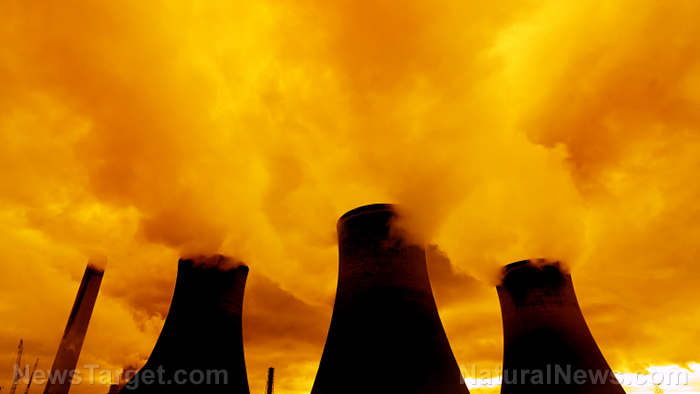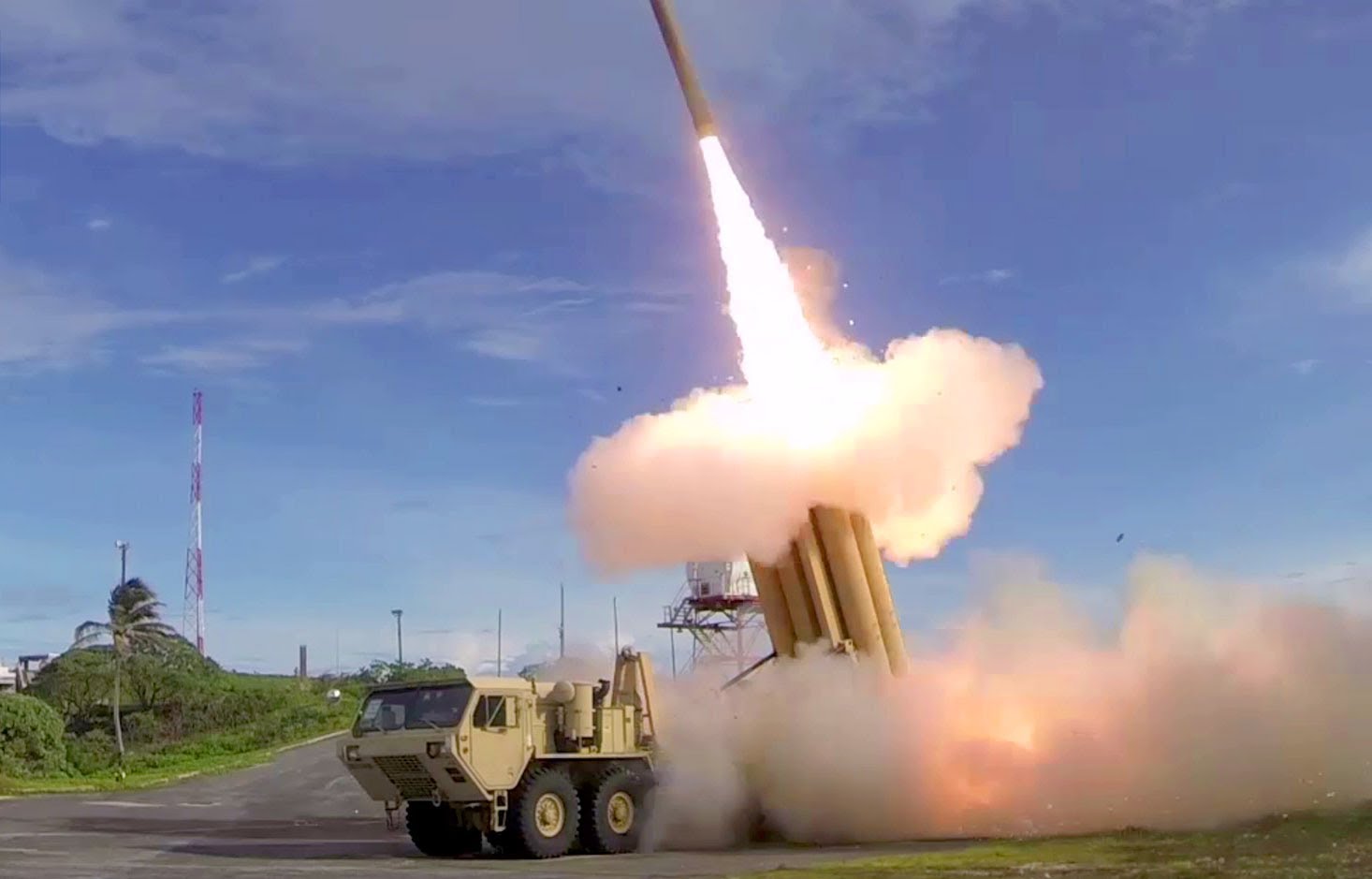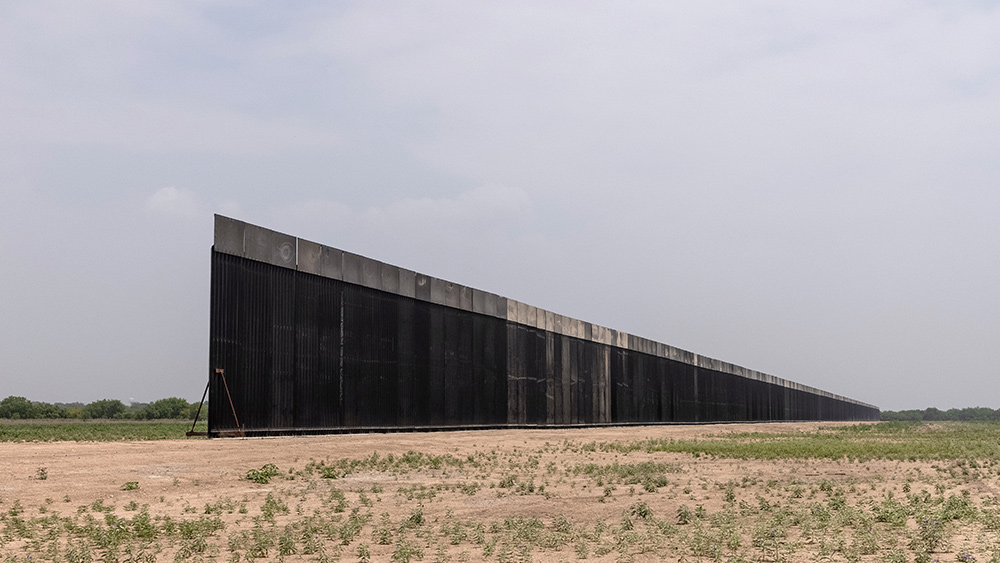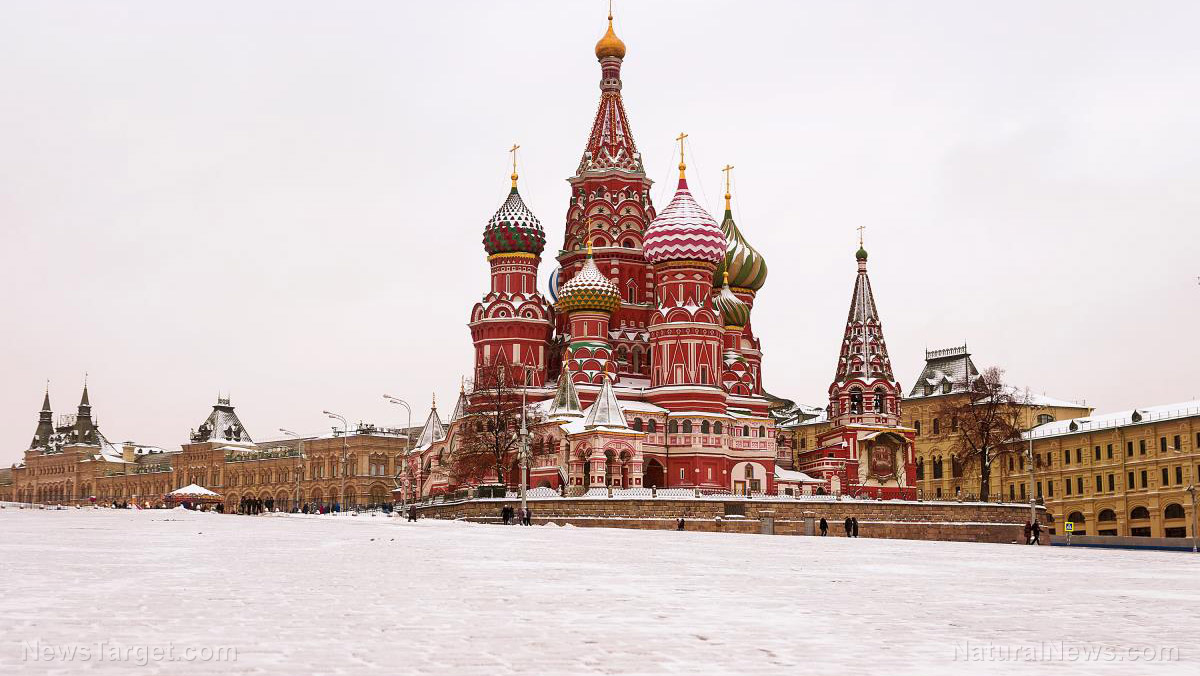Power shortages in China may cause world food and commodities prices to surge
10/01/2021 / By Mary Villareal

China is looking at a difficult harvest season as a severe energy crunch hurts the outlook for production — a development that can trigger another surge in food prices.
The autumn harvest in China is underway, but with power shortages in industrial hubs, authorities see slow processing growth. This is especially true in the northeastern provinces of Jilin, Liaoning and Heilongjiang, where half of the country’s corn and soybeans are grown.
This crisis is pushing concerns that China will have a tough time handling crops this year, as some plants were asked to cut their output to conserve electricity. Over the past year, China already imported record lows of agricultural products due to domestic shortages, which drove prices and global food costs to record highs.
Power shortages in the country have forced soybean processors in northern regions to shut down, affecting operations of larger companies. There are also concerns regarding the electricity crunch that could cut operating rates of corn processors that make products like starch and syrup.
China needs to ensure that it has a sufficient power supply to keep up with the expectations for harvesting season. Otherwise, the electricity cut could affect the supply and prices of agricultural products, which is important for the national economy and the people’s livelihood.
Some companies have bought backup generators in case of prolonged power cuts – electricity is necessary to dry the crops, which is an important process before storage and sale. For instance, corn and peanut supplies may deteriorate in quality if not processed in time.
Food stability is a top priority in China, but the power shortage has forced processors in northern regions to shut down, sending fertilizer prices soaring. Soy plants are also among those that are affected. While the impact has so far been cushioned by weak demand for soybean meal, if the plants remain halted, delayed soybean purchases could still affect U.S. exports.
Short supply of electricity due to reopening economies
There are several reasons for the short supply of electricity in China, one of which includes the reopening of the economy after pandemic-induced lockdowns. This greatly increased the demand for China’s export facilities.
Aluminum, for instance, is one of the most energy-intensive products and export demand for it has remained strong. There is also robust demand for steel and cement, which are necessary for China’s vast construction programs.
With the rise of this demand comes an increase in the price of coal, which is used to generate electricity. However, Chinese regulators have not let utilities raise their rates enough to cover the rising costs, and these utilities have been slow to operate their plants. (Related: Biden hands over control of America’s power grid to communist China.)
In Dongguan, a major manufacturing hub near Hong Kong, a shoe factory that employs 300 workers had to rent a generator for $10,000 a month to continue production. Between rental costs and the diesel fuel for powering the factory, powering the factory has now become twice as expensive.
Economists also predict that the production interruptions in Chinese factories would make it harder for companies in the West to restock their empty shelves, which could further contribute to inflation in the coming months.
It is not clear how long the power crunch will last, but experts in China think that officials would compensate by steering electricity away from energy-intensive heavy industries like steel, cement and aluminum.
Nationwide power shortages have prompted economists to reduce their estimates for China’s growth. The electric shortage is now making supply chain problems even worse.
The Chinese government is getting worried about the situation. Premier Li Keqiang has already vowed to make every effort in maintaining economic growth. China will ensure that the needs of its population are met and that it will keep industrial and supply chains stable.
Read more news and updates about China’s electrical shortage at Electricity.news.
Sources include:
Submit a correction >>
Tagged Under:
big government, China, Collapse, economic collapse, electricity, electricity shortage, food prices, food shortage, food supply, national security, pandemic, power grid, price hike, production interruptions
This article may contain statements that reflect the opinion of the author
RECENT NEWS & ARTICLES
COPYRIGHT © 2017 NATIONAL SECURITY NEWS






















